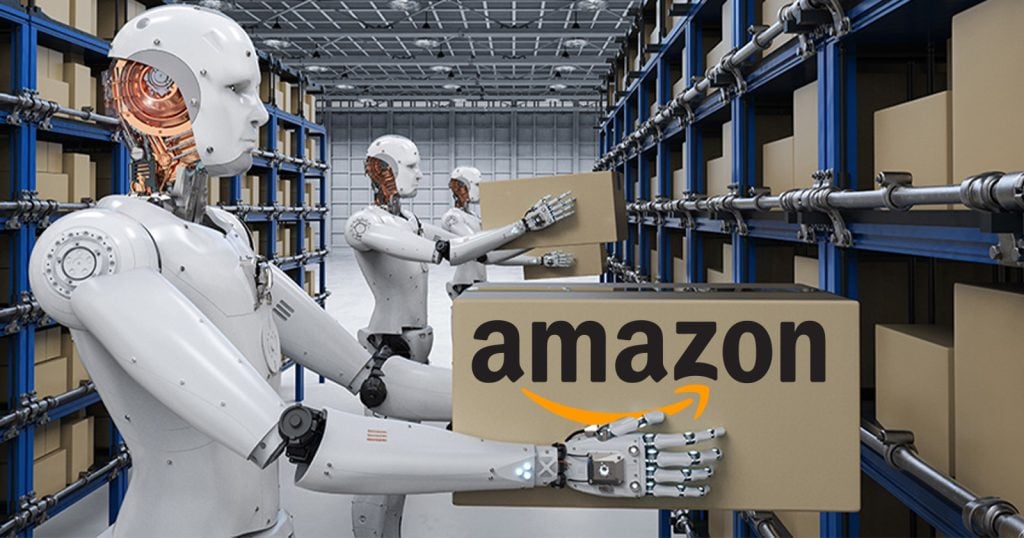Artificial intelligence and robotic technologies are advancing every day. As a result, we frequently write about robots developed by Boston Dynamics, Xiaomi, and Samsung. Even though we might not see these advancements in our daily lives beyond robotic vacuums, the business world is rapidly adopting them. For instance, Amazon has recently enhanced its warehouse robots, making them faster and even more intelligent. Here are the details…
Amazon’s New Sequoia Robotics System Promises to Improve Worker Efficiency and Health
The world’s largest digital shopping platform, Amazon, operates in many countries. What sets the company apart from its competitors is that in addition to its open marketplace, it has its own warehouses and distributes products from these warehouses in the locations it operates.

This not only improves customer satisfaction but also reduces delivery waiting times. For instance, even if a product is more expensive on another platform, I prefer to purchase it from Amazon if it’s sold there. Of course, this presents another operational challenge for the company: managing warehouse operations. Fortunately, Amazon addresses this issue with robotic and artificial intelligence technologies.
Amazon has announced a new robotics system called Sequoia, which is designed to improve worker efficiency and health, as well as lead to higher customer satisfaction. Sequoia is a set of integrated robotics systems that includes mobile robots, gantry systems, robotic arms, and a new ergonomic employee workstation.
Sequoia works by having mobile robots transport containerized inventory directly to a gantry. The gantry can either restock totes or send them to an employee to pick out the inventory that customers have ordered. Sequoia allows Amazon to identify and store inventory up to 75% faster than it could before, and it reduces the time it takes to process an order through a fulfillment center by up to 25%.
Sequoia is also designed to improve worker safety and health. The system brings totes of products to workers at a comfortable height, between their thighs and chest. This reduces the amount of bending and overhead reaching that workers have to do, which can help to prevent injuries. Amazon says that recordable incident rates were down 15% and lost-time incident rates were down 18% at Amazon Robotics sites in 2022, compared with non-robotics sites.
Amazon has not yet announced any plans for a wider rollout of Sequoia, but the system is currently operating in a Houston, Texas fulfillment center.
RELATED:
- Cheapest iPad to buy in 2023 (US)
- Japanese towns deploy robotic “Super Monster Wolves” to guard against bears
- Amazon’s Contender to SpaceX’s Starlink, Project Kuiper, Took Flight This Friday
- Samsung to reveal more details on ‘Semicon Humanoid Robots’ at Samsung Tech Day 2023
- Ex-Xiaomi Employee Launches World’s First Android Desktop Robot at 1799 Yuan ($252)
(via)







